Let’s re-start from the garbage: The best of the waste
Did you know that?
The world fish industry produces every year about 20 million tons of shrimp and bivalve waste, ending up in the garbage and burning in landfills. This practice results in harmful environmental and public health impacts, linked to the emission of carbon dioxide and other undesirable substances. Moreover, the disposal costs and the loss of high value products adversely affect the economic gain achievable by fish industry activities. We are used to think in a “throw-away” mode, which means that every product becomes a waste to be discarded when no more needed. We usually don’t care of what we throw away but… the waste often hides a real treasure inside! It’s then time to switch to a new concept of economy where foolish wastes are not admitted anymore, the only route to ensure a sustainable development for our planet: the circular economy. On the other hand, nature works in this way, by fuelling with sunlight matter cycles that never stop. In keeping with the circular economy model, the new challenge for scientific research is thus to design green strategies for converting any discarded product in valuable chemicals, materials and energy
What can we do?
We are excited to play our part in this challenge and would like to share with Blue Life Hub readers our experience at the University of Salento (UniSalento), a young Italian academic institution, located in a beautiful corner of Southern Italy with over 200 Km of coast bathed by both Ionian and Adriatic seas. The “Ateneo tra i due mari” (the University of the two seas) strongly believes in its mission to link knowledge with action, for achieving the sustainable development goals of blue economy.
We are two young researchers, currently members of the Physical Chemistry group at the Department of Biological and Environmental Sciences and Technologies, led by Prof. Ludovico Valli. The love for nature and science made us to meet each other as undergraduate students of the same bachelor’s and master’s degree courses. We both gained our Environmental Sciences master’s degree in 2021. After graduation the time had come to go our separate ways, but… this was not for long! Because destiny wanted us to meet again.
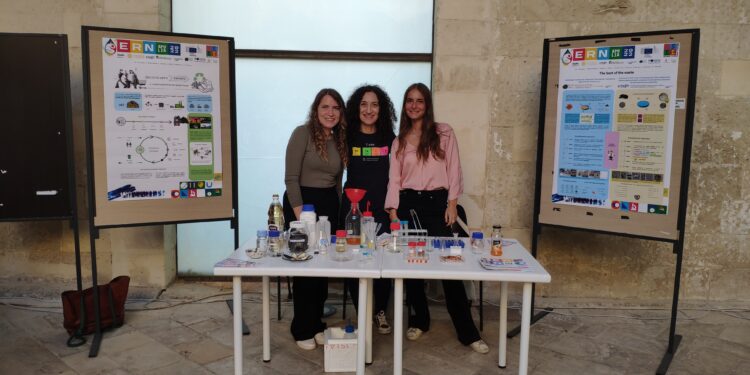
It all began with a request for collaboration by Dr. Orazio Albano, (international consultant for blue food sustainable value chain), addressed to our physical chemistry lecturer, Dr. Livia Giotta, researcher at UniSalento. Orazio needed chemical skills and support to complete a project (FEAMP P.IN.GAMBERO ROSA). founded by Apulia region aimed at the improvement of common practices for pink shrimp fishing and processing. During this short interaction Livia was totally fascinated by Orazio activities and by the possibility to play a role in pursuing the sustainable development of our coastal communities. She immediately shared the vision of Orazio about the need to network people and skills in a rapidly changing society, to shape a better future for everyone. Seafood waste recovery sounded a very exciting challenge for her. After all, Livia teaches thermodynamics, and she knows very well that matter recycling is a thermodynamic constraint for life on Earth. On the other hand, environmental scientists, her former students, seemed perfect for taking up the “no more waste” challenge. Seeking for appropriate grants to fund research activities of young creative people was the next natural step to go ahead on the way pointed out by Orazio. And it was how we started this new journey together!
Who we are?
Hello everyone! My name is Federica and I am a phD student in Biological and Environmental Sciences and Technologies at UniSalento. My grant (Action IV.4 PON for Research and Innovation 2014-2020) promotes research activities on innovation, digital and enabling technologies while supporting the enhancement of human capital as a key factor for the development of research and innovation in Italy.
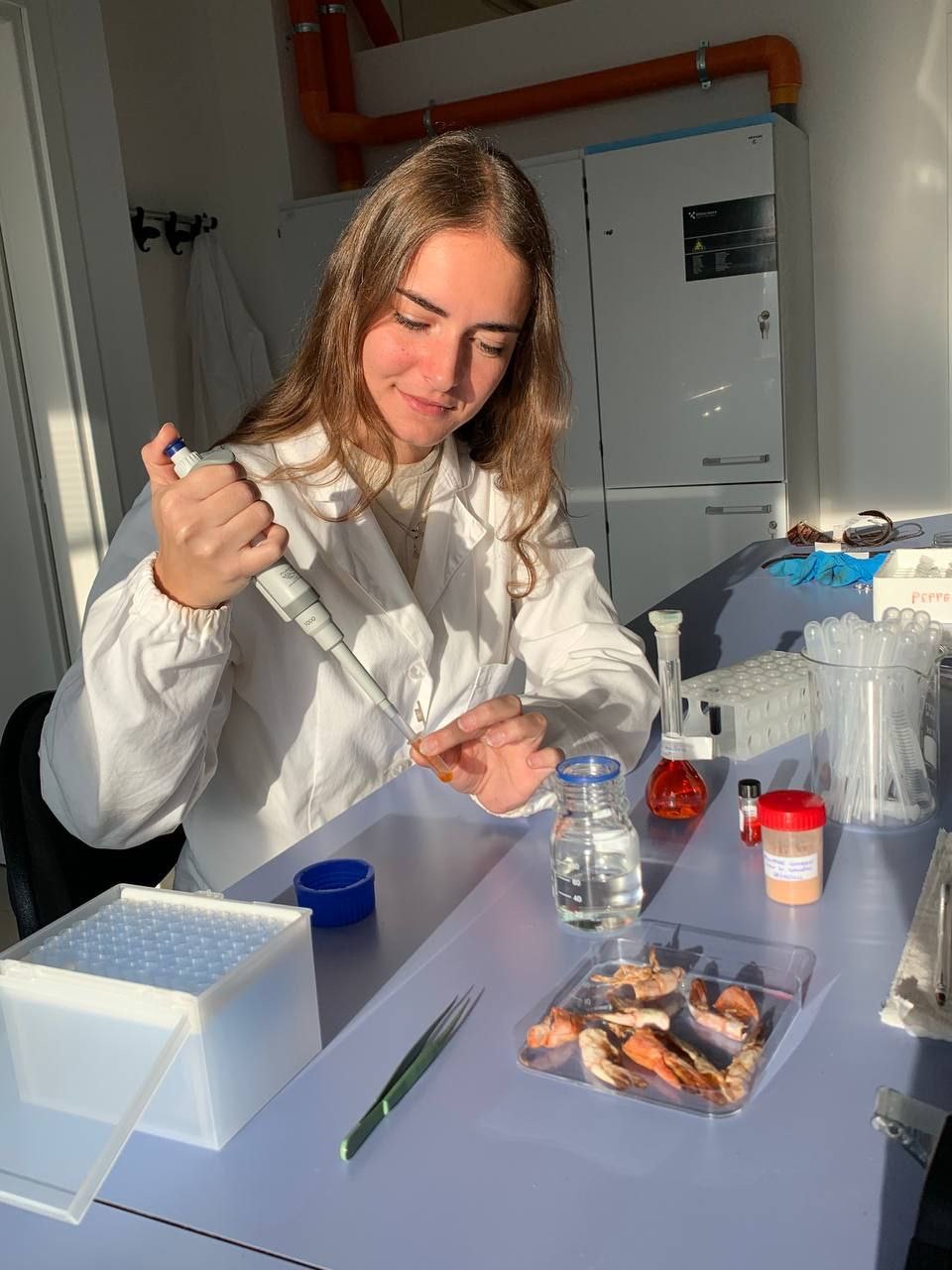
It is financed entirely by the additional ESF REACT-EU resources. The aim of my project is to develop new green strategies for the recovery of crustacean wastes by means of new generation green solvents. Shrimp shells are an important source of bioactive molecules such as astaxanthin, a carotenoid pigment with strong antioxidant properties and multiple uses in the nutraceutical, cosmetic and pharmaceutical fields. Biomaterials of collective interest can be also extracted, such as chitin, a biopolymer widely used in nanotechnology, in the production of coating films and as an antimicrobial and antifungal agent to be employed in agriculture and food storage. Recovering from shrimp waste multiple useful products with a unique low-cost and eco-friendly strategy is my goal.
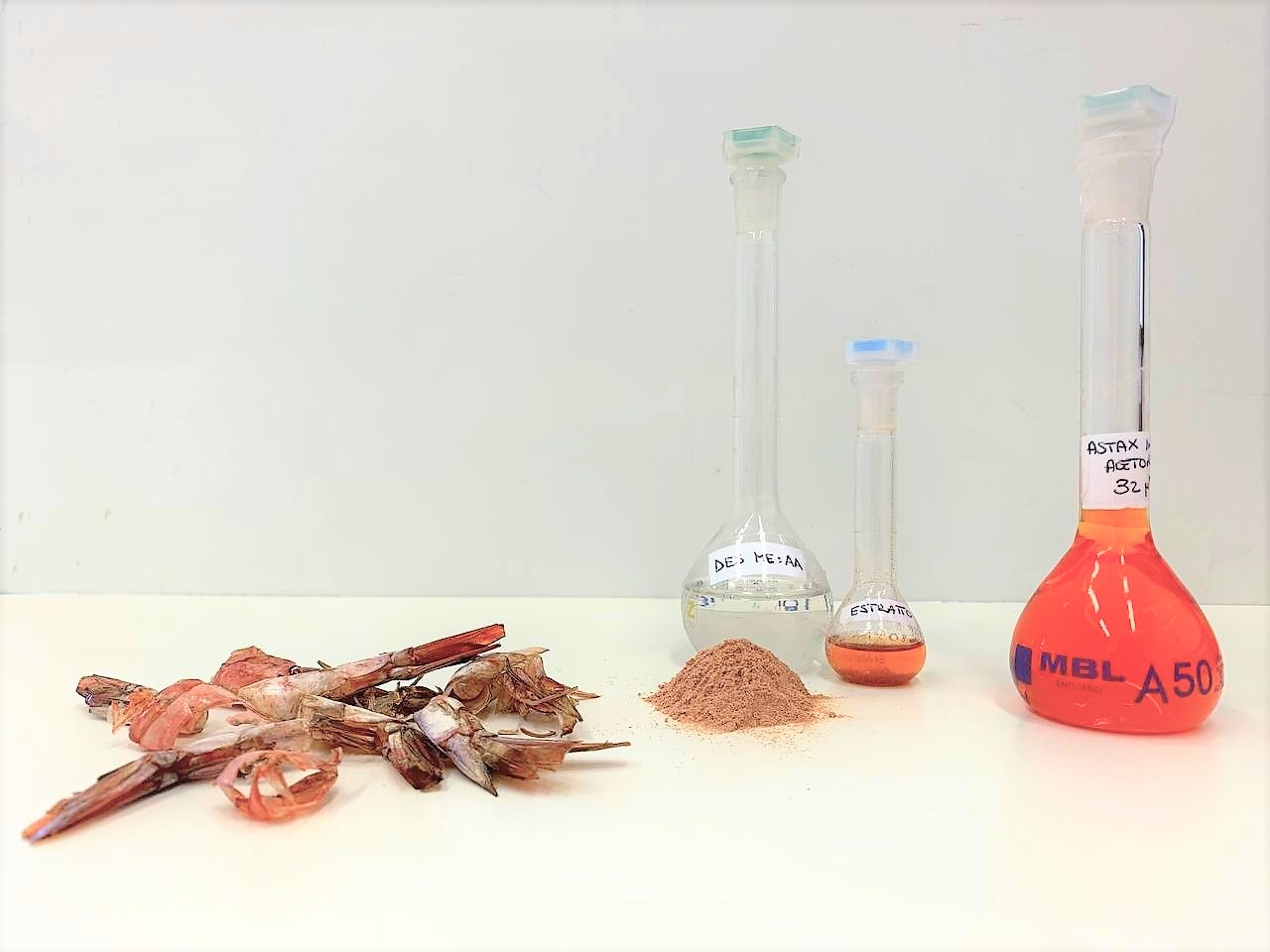
Hi everybody! This is Martina, I am a research fellow at the University of Salento in the framework of the Apulia Region programme “RIPARTI” (Research Grants to restart with business), which is part of the Europe 2020 Strategy for Smart, Inclusive and Sustainable Growth. This programme funds research fellows for enhancing specific skills of young scholars and for favouring their integration into the regional productive woven to meet the innovation needs of businesses.
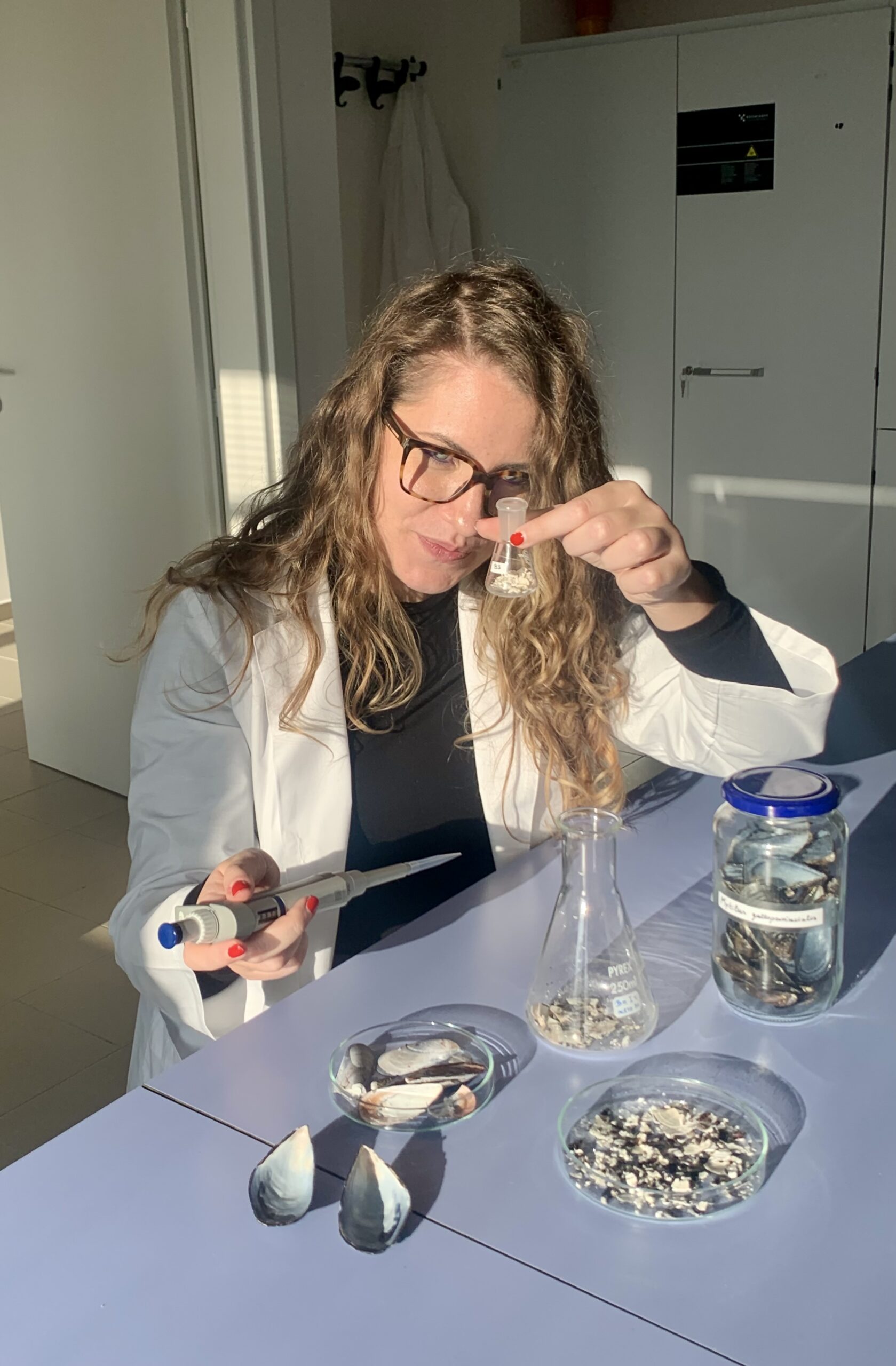
Inspired by a pioneering work carried out at the Memorial University of Newfoundland (Canada), I am dealing with the shells of Mediterranean mussels (Mytilus galloprovincialis) as a source of biogenic calcium carbonate, which can be extracted in different physical forms. One of the most intriguing is the sponge-like calcite (or soft calcite), a biocompatible material with outstanding absorbent properties, capable of retaining water pollutants such as crude oil, dyes and heavy metals. The process for the preparation of soft calcite leads to the simultaneous isolation of calcium acetate, a by-product that can be used as a dietary calcium supplement or as an antifreeze agent in substitution of other harmful substances. I’m doing my best to recover useful products from my mussel shells and to identify interesting new applications for these innovative biogenic materials.
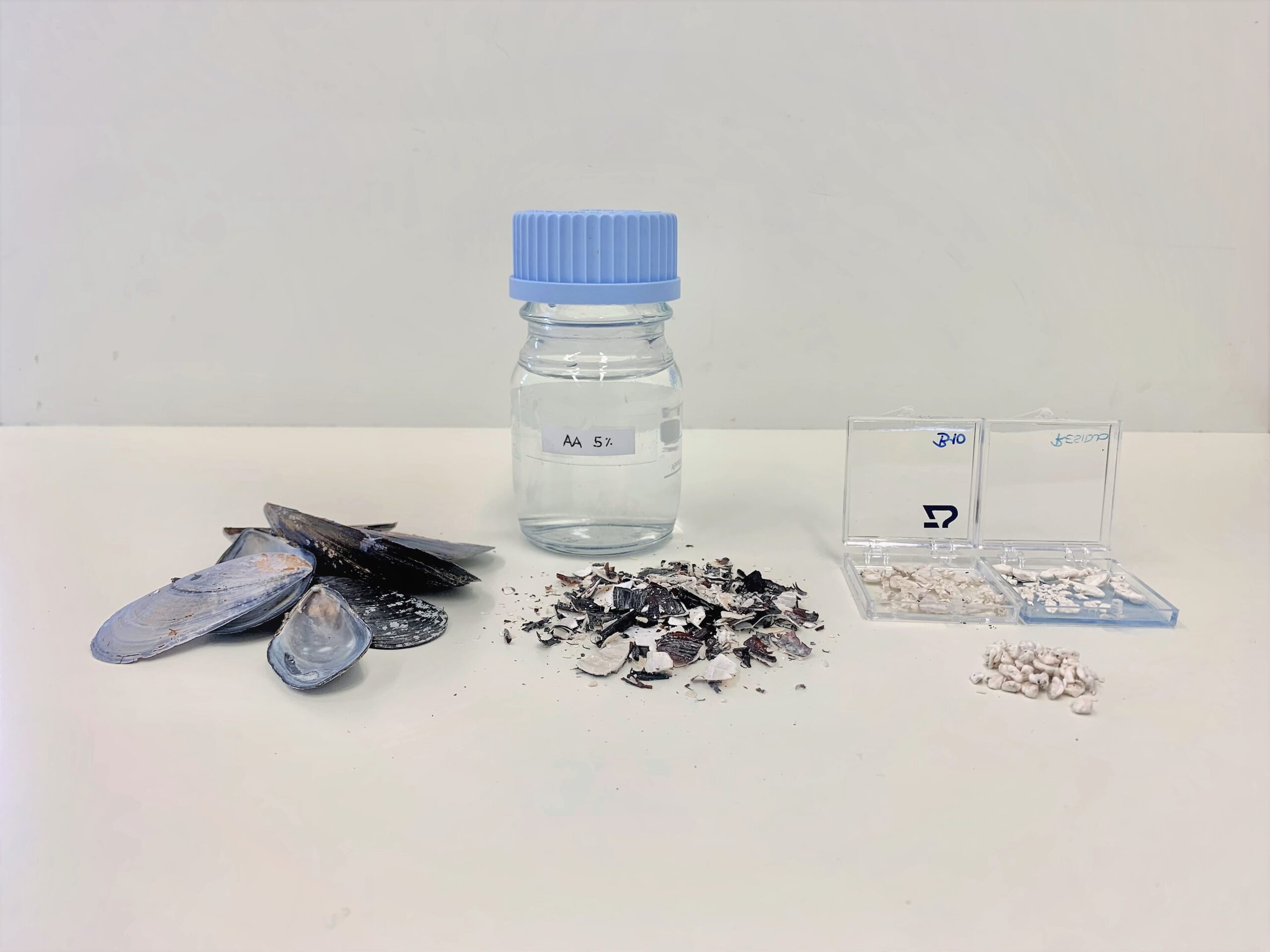
How can knowledge become action?
Besides Orazio and Livia, we have to mention another person who made possible to start this adventure: our industrial partner Eng. Gabriella Chieffo, chief executive officer of Entropya s.r.l. Entropya is an incubator of ideas, a company that has strongly believed in research, sustainable development and circular economy from the very beginning. Gabriella is an environmental engineer and an entrepreneur, who has made sustainability her mission. She has always worked with key stakeholders in the field of green energy and environmental remediation, achieving striking successes. Always attentive to innovation and research, she participated in and promoted a number of projects, the most recent on phyto- and bioremediation and on biodiesel production from algae. She immediately believed in our projects on seafood waste recovery and did not hesitate to accept Livia’s invitation to join our crew. She is now our perfect guide for addressing our experimental activities towards the most promising for the market, by performing cost-benefit analyses and market surveys. To make true the technological transfer of our laboratory outcomes is her (and our) dream!
This is the story of our team, an example of how different people with the same vision can work together for a common purpose.
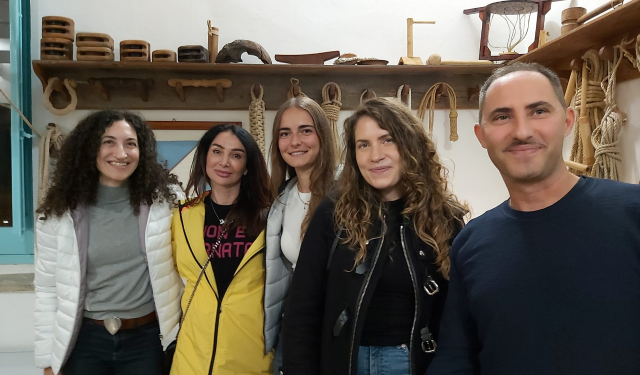
What’s the take home message?
Blue economy needs circularity and science must do its part in identifying the best solutions for our society. Our story demonstrates that public institutions (UniSalento, European and Italian governments, Regione Puglia) and companies (Entropya) are trusting in the young generations for achieving sustainable development goals. Aware of our responsibility we are happy and proud to carry on our job. We strongly believe that we are a little piece of a bigger puzzle where each one can make the difference. So…Re-start from our garbage: the best is in the waste!


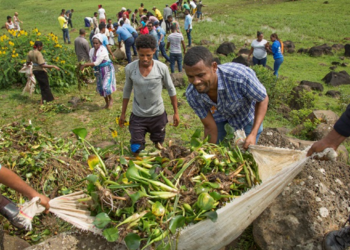

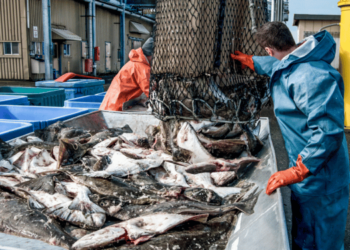




Comments 1